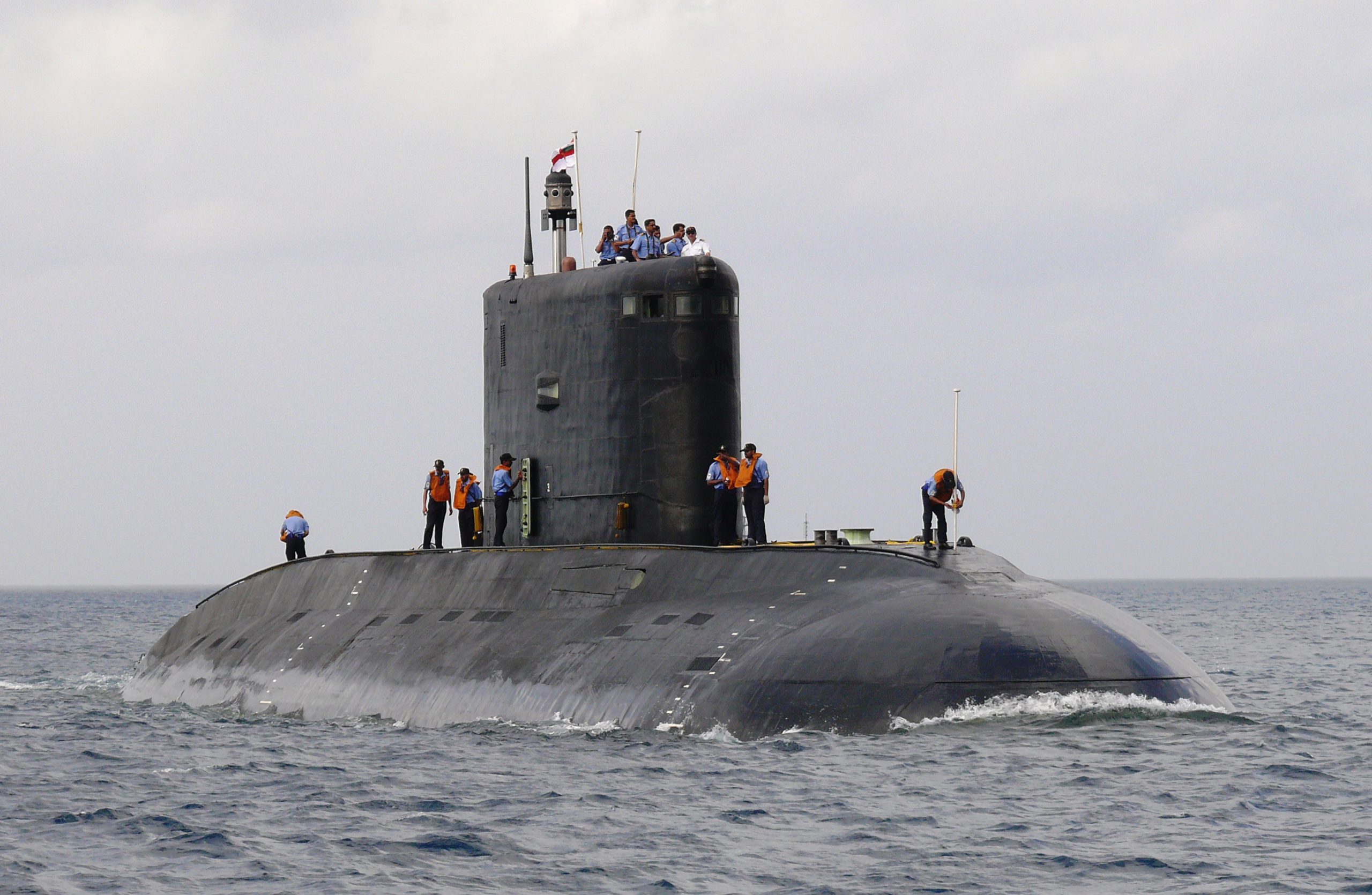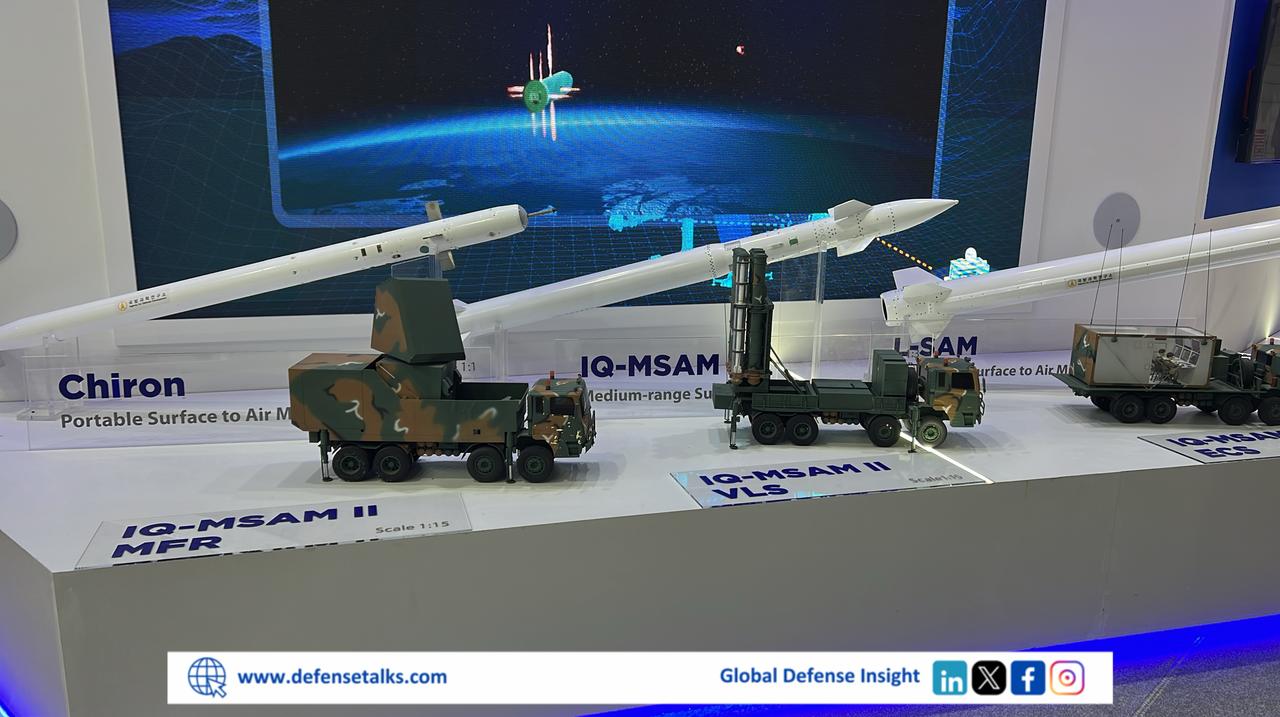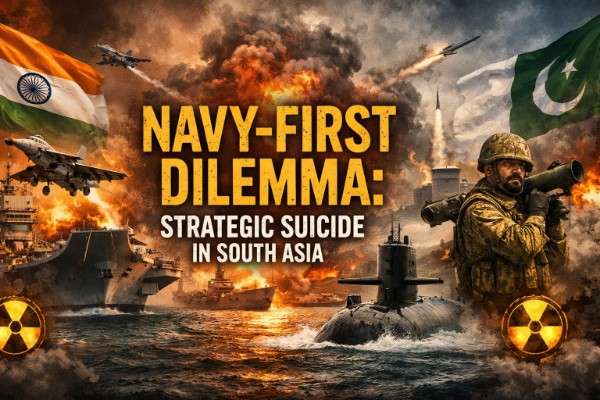The Indian Ocean Region (IOR) is a critical zone for global trade and energy, so the rising interests of global powers caused a new great power competition. This growing great power struggle in the region is fueling an arms race and pushing countries to invest in naval modernization to remain relevant in the changing geopolitical order. As all the regional and global powers are fighting to dominate the region and every development, they make is shifting the balance of power. The increasing submarine modernization in the region has a potential to increase geopolitical tensions and can be a wakeup call for countries about a potential conflict beneath the water. The rapid acquisition of submarines by countries is alarming as underwater capabilities can be an agent to stabilize peace in the region or a catalyst to establish new insecurities.
India’s submarine modernization is because of two factors; first, it is their assertive ambitions to dominate the region and become a “Net Security Provider” and second, it is their participation in QUAD as India is partner to USA in containing China in the region. India has got a justification for Nuclear Powered Ballistic Submarine (SSBN) that they had to develop assured second strike capability in the region to counter China although they do not have a direct threat from China. India’s inability to update their submarine fleet puts them in a delicate position that makes their participation in QUAD more challenging than before. The Indian Navy commissioned its second SSBN named INS Arighat in August, 2024. Apart from the SSBNs, India has approved a plan to build Conventional submarines in October, initially they got approval for two but they plan to build six of such submarines.
Development too, comes at a cost and India’s ambitious plan to develop six new conventional submarines under Project 75-I (worth US$6 Billion) is already being delayed revealing serious issues in their defense strategy. The consequences of these setbacks will be far-reaching and will impact both regional stability and India’s ability to maintain its strategic balance in the region.
With the growing hegemonic ambitions of India, Pakistan intends to counter India in the IOR. Pakistan has signed the largest defense contract with the Chinese, according to which Pakistan will acquire eight Hangoor-Class submarines, an export version of 039B Yuan Class submarines. Four of these submarines will be built by WSIG China, and the remaining four will be built at Karachi Shipyard & Engineering Works (KS&EW) in Karachi under a transfer of Technology agreement. It is noteworthy to point out that the detailed specifications of Hangor-Class submarines are yet to be revealed. Still, the best part of this induction is that Pakistan will be operating an Air-independent propulsion (AIP) System and it will give Pakistan an operational advantage to operate for a longer period. Although it is not confirmed, Hangoor Class may carry Babur-III, Submarine Launched Cruise Missile (SLCM) ensuring Pakistan’s second strike capability. Apart from acquiring new submarines, the Pakistan Navy has undergone a mid-life upgrade (MLU) of the Agosta 90-B submarines in collaboration with Turkey. The agreement between the Pakistan Navy and STM includes the modernization of the three Agosta 90-B Submarines and the scope of this modernization was the replacement of the Electronic Warfare System, Sonar Suite, Fire Control System, Radar, and Periscope System (Navigation and Assault).
India’s acquisition of a second SSBN will impact the region in multiple ways although acquiring two SSBNs doesn’t give them “Continuous at Sea Deterrence”, but still it will still initiate a nuclear arms race in the region. China has a large SSBN fleet fully capable of countering India if need be. Pakistan with its current fleet of AIP equipped conventional submarines having a capability of firing SLCM ensures Pakistan’s ability to fully safeguard its maritime borders and enhances naval deterrence and operability in the IOR.
Submarine modernization in the Indian ocean region highlights the risks of continuous militarization in the region and can become an agent to change the security landscape. The balance of power between Pakistan and India is definitely because of their historic rivalries but it is also connected with the presence of extra-regional or global powers in the Indian Ocean Region. The competition between China and the USA caused a classic security dilemma and each nation is trying to enhance its capabilities which in result drives the competitor to balance the equation and this is fueling an arms race. This region is already sufficiently tensed and volatile, and the continued escalation increases the likelihood of miscalculation.
Submarines on one side are the way to enhance deterrence and to bolster national security, but on the other hand they have the potential to complicate the environment and disturb the strategic balance. The introduction of Nuclear-powered submarines and advanced conventional weapons have increased the stakes and there are less chances for conflict escalation, but the undefined protocols for submarine encounters increased the unintended confrontation.
The acquisition of Submarines in the Indian Ocean Region has raised concerns about Maritime Security as Submarines operating in narrow waterways have increased the risks of underwater collision as we have seen recently where Indian Submarine INS Karanj had a collision with a fisher boat causing both human and financial loss. Because such incidents can be crucial and on a bigger scale it has a potential to threaten the stability of the most important and critical region of the world.
Table of Contents
ToggleIrfan Farooq
Irfan Farooq is a researcher specializing in maritime security, geopolitical strategy, and South Asian foreign policy. Pursuing an MS in Security and Strategic Studies at UMT Lahore, he has contributed to policy research, international conferences, and peer-reviewed publications.














